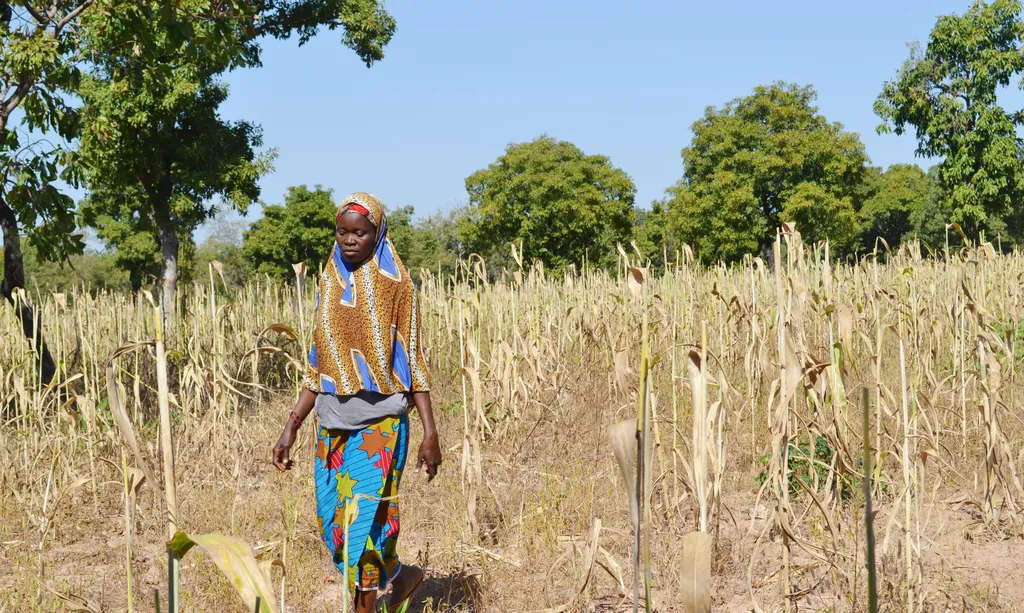In the ever-evolving landscape of agriculture, a recent study published in the journal *Agricultural Science and Practice* (translated from Ukrainian: *Agricultural Science and Practice*) sheds light on the cyclic nature of agrarian crises and their profound impact on plant production. Led by O. A. Shust, the research delves into the transformational and agrarian crises, offering insights that could reshape the future of the agricultural sector.
The study reveals that agrarian crises are an inevitable part of the sector’s development, with each crisis serving as a catalyst for a new cycle. “The ‘trough’ of an agrarian crisis is not an end but a starting point for a new cycle of growth,” explains Shust. This cyclical pattern has been observed to shorten over time, with the current period distinguishing just two phases: recession and uprising, as opposed to the traditional four.
The research highlights the significant impact of these crises on plant production. During the transition to new management forms, there was a notable destruction of material resources, with a shift away from traditional crop rotation practices. However, the redistribution of land stimulated the organization of modern agrarian enterprises, albeit with a considerable delay in agrarian and land reforms. As a result, agricultural plant production at the “trough” of the transformational crisis decreased by half.
The study also underscores the resilience and adaptability of the agricultural sector. Despite the challenges posed by agrarian crises, the restoration of plant production occurred 12 years after the institutional crisis, followed by a registered rise until the recent military actions. “The development of the industry is closely related to the cyclic character of the functioning in the agrarian sector in general,” notes Shust.
The research provides a comprehensive analysis of the performance of different crops. For instance, the yield of sunflower has consistently increased, even amidst agrarian crises, while the performance of sugar beet decreased more than four times in 2021. The study also suggests that the “trough” of each subsequent agrarian crisis is higher than the previous one, but it is followed by an ascending trend in production.
Looking ahead, the research emphasizes the need for time-urgent investments in de-mining processes in agricultural fields and the restoration of their quality. This includes the adoption of sustainable production practices, the introduction of moisture- and resource-efficient technologies, precision agriculture, and smart technologies. The study also advocates for a system of reacting to crisis phenomena, based on analytical evaluations and scientifically grounded predicted scenarios.
As the agricultural sector continues to navigate the complexities of agrarian crises, this research offers valuable insights and practical recommendations. By understanding the cyclic nature of these crises and implementing the suggested measures, the sector can enhance its resilience and pave the way for sustainable growth. The findings of this study, published in *Agricultural Science and Practice*, serve as a crucial resource for policymakers, agritech innovators, and industry leaders, guiding them in their efforts to shape the future of plant production.

